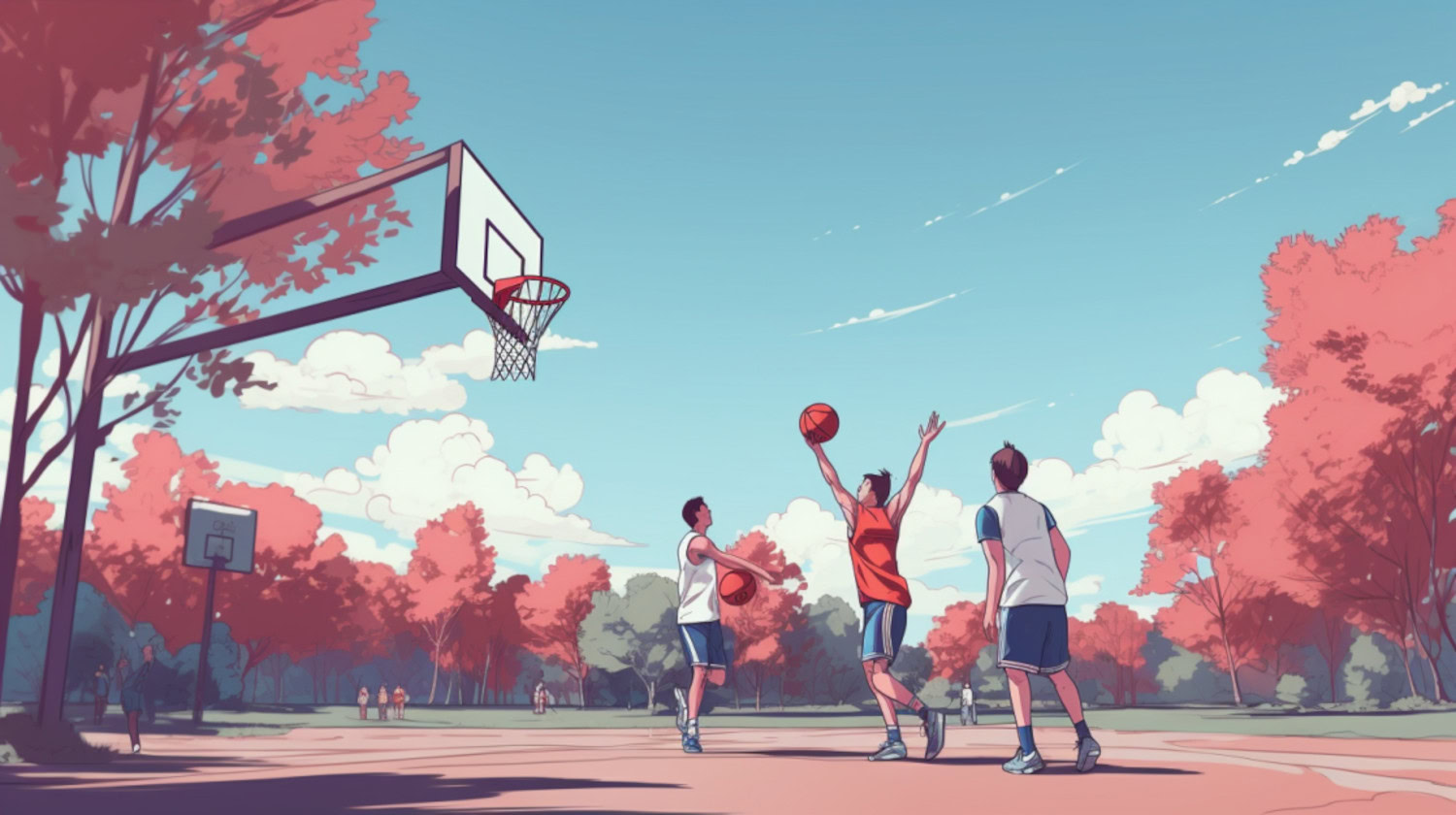In This Article
Key Takeaways
- The best strains for autism typically target certain co-occurring symptoms like social anxiety, mood, and sleep disturbances.
- CBD, THC, and CBDV appear to be most effective for managing specific ASD symptoms.
- Caryophyllene, limonene, linalool, myrcene, pinene, and terpinolene may be effective terpenes for certain autism-related symptoms.
Increasing numbers of autistic individuals are exploring medicinal cannabis options for their co-occurring symptoms. Research demonstrates that cannabidiol (CBD) and tetrahydrocannabinol (THC) may be effective, safe, and well-tolerated in people with autism spectrum disorder (ASD).
But what are the best strains for autism? Understanding the key elements supporting cannabis for autism will simplify the process of finding strains to suit ASD symptoms.
Can Weed Help with Autism
Although there is still more to discover, existing studies have started to outline the benefits of cannabis for autism. A large systematic review found that participants using CBD-enriched cannabis oil ranging from 6% to 75% CBD and 1% to 1.5% THC reported having improvement or a positive impact on the following symptoms:
- Aggressiveness
- Anxiety
- Attention
- Cognition
- Depression
- Hyperactivity
- Irritability
- Language
- Perseverance
- Psychomotor agitation
- Restlessness
- Sensory sensitivity
- Self-mutilation and anger
- Sleep disturbances
- Social interaction1
After consuming this trio of cannabis-based medicines, parents saw a 68.4% improvement in their children's ASD-related hyperactivity symptoms. They also saw a 67.6% improvement (and 4.9% decline) in self-injurious behavior. CBD successfully decreased sleep disturbances in 71.4% of patients, while 51 out of 53 subjects noted a 4.5% improvement in ASD comorbidities symptoms.2
Cannabinoid Combinations Work Well for ASD Management
Insights from previous and recent research suggest that the best strains for autism might contain a variation of cannabis compounds. A 2021 study on autistic children showed symptom relief following one year of cannabis treatment using varying cannabinoid dosages. Approximately 40% of children used THC-dominant products, ranging from 0.05mg to 50 mg daily, and 60% of children were taking between 7.5mg and 200 mg of CBD per day.3
Areas of symptomatic relief (and the corresponding percentage of patients who experienced them) were as follows:
- Attention (92.6%)
- Behavioral regulation (86.7%)
- Emotional regulation (86.7%)
- Destructive behaviors, e.g., aggressive outbursts and tantrums (76.9%)
- Restricted/repetitive behaviors (73.3%)3
Based on the results of rodent trials investigating the potential of cannabis for autism, medically administering rats with the minor cannabinoid, cannabidivarin (CBDV), at 20 mg/kg showed positive results in:
- Hyperactivity
- Repetitive self-grooming behaviors
- Recognition memory impairment
- Sociability and social novelty preference.4
Whole-plant extracts containing primary and secondary cannabis compounds have also demonstrated success. Parent-reported symptom and clinical scores represent positive improvements using a whole-plant extract with a 20:1 CBD:THC ratio. Children received one drop (0.3 mg THC and 5.7 mg CBD) capped at 10 mg/kg/day (400 mg daily) of CBD and 0.5 mg/kg/day (20 mg daily) of THC dissolved in coconut and palm kernel oils.5
Which Terpenes Help With Autism

Beyond choosing cultivars labeled as indica or sativa for autism, finding suitable cannabis terpenes is also important. One animal study in “autism-like rats” using ylang-ylang essential oil found that it improved anxiety, cognitive function, and social abilities by controlling serotonin and dopamine release.6
Ylang Ylang oil contains several terpenes that are also present within cannabis cultivars, including linalool, beta-caryophyllene, limonene, ocimene, eucalyptol, myrcene, and terpinolene.7
Although not definitive, the aforementioned study provides a foundation for terpene selection when seeking the best strains for autism.
How to Choose Strains for Autism
The strain(s) you choose depends on which symptoms of ASD you are attempting to relieve. There are also other considerations to aid in selecting the best cannabis strains for autism.
Composition - Terpenes may stimulate a chemical reaction called the entourage effect. Consequently, this might strengthen the mood-stabilizing properties of THC, CBD, and CBDV.
Dosage - The best dosage for autism varies by person, as cannabis is a very individualized medicine, and autism is a very individualized disorder. Starting with a low dose is advisable for assessing the effects of cannabis on autism, regardless of potency.
Indica or Sativa for Autism - There is no consensus on whether a strain labeled as “indica” or “sativa” will provide better results for autistic individuals. Consumers are encouraged to try different cultivars to find which blend of cannabinoids and terpenes best fits their symptoms.
Strain Families - Avoid strain families that might exacerbate certain ASD symptoms. For example, high-THC ‘Haze’ cultivars might cause anxiety.
Patient Reviews - Find out what other patients with similar ASD symptoms say about certain strains. Others’ opinions (especially those shared by autistic individuals of a similar age) might sway your decision by providing you peace of mind.
The 5 Best Strains for Autism

So far, the bulk of research into cannabis for ASD involves the use of CBD-rich strains. Other blends may help some individuals.5 Although no strains exist specifically for autism, the following appear to be the best strains for autism per patient reviews, as well as terpene and cannabinoid content.
Remedy
Remedy is the genetic offspring of Afghan Skunk and Cannatonic. It is a myrcene-, pinene-, and caryophyllene-rich strain. Relaxation, sleepiness, and improved focus are some commonly reported effects associated with this CBD-rich cultivar, which also contains a hint of THC. Flaunting yellow-hued green buds embellished with crimped rusty pistils, its terpene profile produces a lemon, pine, sweet, floral scent interspersed with earthy citrus flavors. Although non-intoxicating, some patients claim that it helps induce sleep. Some patients also consume Remedy for anxiety, seizures, stress, and inflammation.
Forbidden V
This new and unique addition to the medical cannabis market is a 1:1 CBD:CBDV ratio. Patients say it delivers intense relaxation and stress-free focus. Graced with a piquant citrus and fruit aroma, it tastes like tropical coconut, guava, mango, and a blend of terpenes like ocimene, caryophyllene, and myrcene. The relaxing effects quickly unfurl throughout the body before untangling feelings of mental tension that reportedly enhance performance and focus. Some consumers say that Forbidden V CBDV Flower also promotes physical recovery and raises energy levels.
Pinewalker CBDV
Pinewalker CBDV reportedly produces a heady high intertwined with energetic, focused, and uplifted sensations. With a fair amount of CBDV and slightly more CBD, this frosty-looking cultivar is often recommended for creative daytime or social use. Consumers report enjoying the physically and mentally relaxing effects of this CBDV-rich strain. Terpenes like humulene, pinene, myrcene, ocimene, and caryophyllene may contribute to the potential anxiety-busting effects, not to mention its intense pine and tar aroma.
Charlotte's Web
Strains rich in CBD, such as Charlotte's Web, may have anxiety-reducing and antipsychotic properties. In addition to its mentally soothing effects, Charlotte's Web may relieve stress, which is a plus for autistic individuals. This hemp cultivar contains a floral, woody, earthy blend of myrcene, pinene, and caryophyllene. Combined with a 20:1 ratio of CBD to THC, the sativa strain is a valuable choice for anxiety, pain, and stress. It features long and narrow trichome-caked nugs with a silvery sheen.
GMO Cookies (aka “Garlic Cookies” or “GMO Garlic Cookies”)
This cultivar is a genetic fusion between Girl Scout Cookies and Chemdawg. Diesel-scented with a peppery chemical aroma, it bundles three primary terpenes — caryophyllene, limonene, and myrcene. These reinforce the high-THC plant's tranquilizing properties. A touch of CBD may add to the strain's anxiety-reducing, pain-relieving, and uplifting effects. Consumers claim that the high begins in the body before seeping into the cerebral region. Save large doses of “Garlic Cookies” for lazy days or bedtime since the potent THC and myrcene levels may cause sedation.
References
- Silva EAD Junior, Medeiros WMB, Torro N, et al. Cannabis and cannabinoid use in autism spectrum disorder: a systematic review. Trends Psychiatry Psychother. 2022;44:e20200149. doi:10.47626/2237-6089-2020-0149 ↩︎
- Barchel D, Stolar O, De-Haan T, et al. Oral Cannabidiol Use in Children With Autism Spectrum Disorder to Treat Related Symptoms and Co-morbidities. Front Pharmacol. 2019;9:1521. doi:10.3389/fphar.2018.01521
↩︎ - Siani-Rose M, Cox S, Goldstein B, Abrams D, Taylor M, Kurek I. Cannabis-Responsive Biomarkers: A Pharmacometabolomics-Based Application to Evaluate the Impact of Medical Cannabis Treatment on Children with Autism Spectrum Disorder. Cannabis Cannabinoid Res. 2023;8(1):126-137. doi:10.1089/can.2021.0129
↩︎ - Zamberletti E, Gabaglio M, Woolley-Roberts M, Bingham S, Rubino T, Parolaro D. Cannabidivarin Treatment Ameliorates Autism-Like Behaviors and Restores Hippocampal Endocannabinoid System and Glia Alterations Induced by Prenatal Valproic Acid Exposure in Rats. Frontiers in Cellular Neuroscience. 2019;13. doi:https://doi.org/10.3389/fncel.2019.00367 ↩︎
- Hacohen M, Stolar OE, Berkovitch M, et al. Children and adolescents with ASD treated with CBD-rich cannabis exhibit significant improvements particularly in social symptoms: an open label study. Transl Psychiatry. 2022;12(1):375. Published 2022 Sep 9. doi:10.1038/s41398-022-02104-8 ↩︎
- Zhang N, Wang ST, Yao L. Inhalation of Cananga odorata essential oil relieves anxiety behaviors in autism-like rats via regulation of serotonin and dopamine metabolism. J Integr Med. 2023;21(2):205-214. doi:10.1016/j.joim.2023.01.006
↩︎ - Tan LT, Lee LH, Yin WF, et al. Traditional Uses, Phytochemistry, and Bioactivities of Cananga odorata (Ylang-Ylang). Evid Based Complement Alternat Med. 2015;2015:896314. doi:10.1155/2015/896314
↩︎
The information in this article and any included images or charts are for educational purposes only. This information is neither a substitute for, nor does it replace, professional legal advice or medical advice, diagnosis, or treatment. If you have any concerns or questions about laws, regulations, or your health, you should always consult with an attorney, physician or other licensed professional.




